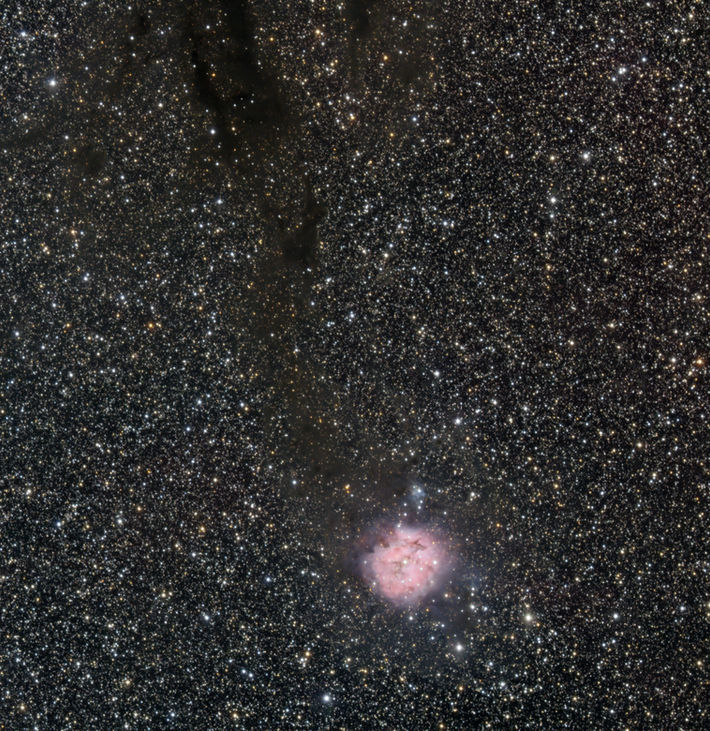
SEE THE UNIVERSE AROUND US




The Path From Newbie to Astro-Photographer
How & Where I Learned My Craft
My fascination with the night sky goes back well over four decades to my childhood in Brooklyn, New York. Scientific curiosity and a desire to learn about the universe was nurtured by my parents when I received my first 60mm Tasco telescope. Currently I am an active member with several Long Island based astronomy groups and serve as a volunteer observatory staff member at a private Long Island preserve. Previously, during my tenure as a senior staff member at the Custer Institute, I spearheaded the use of digital video technology for the purpose of public outreach. Finally, since late 2005, my focus has been in digital astrophotography primarily because it has allowed me to see the universe in a way that’s beyond what the eyepiece and the telescope can alone.
As an active astro-imager, I enjoy sharing my love for digital astrophotography by presenting many how-to lectures on the different forms of data capture and image processing. The lectures have been heard by many which include: groups from the Amateur Observers Society of New York, the Astronomical Society of Long Island, the Suffolk County Community College Astronomy Club, and attendees at the annual Custer Institute Jamboree. Some of my work has appeared in: articles in Newsday, Long Island Pulse magazine, the Reader Gallery in Astronomy Magazine, Astronomy.com, scientific presentations at Brookhaven National Laboratory and has been the subject matter of a T.V. interview on Push Pause T.V. Long Island from FIOS 1.
A good portion of my work is displayed in black and white (technically panchromatic) not only because of the better contrast, but I feel it viscerally reflects what we see in a telescope when we look through the eyepiece. Frequently when I am doing public outreach, I am asked "why don't I see the beautiful colors like in the magazines?" I always answer... our biology. Our eyes are wired to see only in a small portion of the electromagnetic spectrum better known as "visible light" aka ROYGBIV. In our retinas there are two types of photoreceptors known as Rods and Cones. The difference between them is that the Rods give us our night vision but cannot detect color. The Cones on the other hand allow us to see color but are completely useless in low dim lighting. Dim objects, like the Orion nebula, do not emit enough light, even with most amateur telescopes to "activate" our Cone receptors so all you see are shades of grey, just like most of my photographs.
My primary location for pursuing astrophotography is in my backyard observatory - Babylmar Observatory situated in a very light polluted Bortle 7/8 zone on Long Island, NY.
https://www.instagram.com/babylmar/
Please feel free to click and follow
After decades of traveling long distances to darker sky sites followed by the lengthy set up and tear down time, I really have come to appreciate having a backyard observatory and working with ready to go equipment. If the clouds part and only give me a two hour window; I'm able to utilize it. If there is a target that is in optimal position only in the early morning, I can image it. If I want to image a target over multiple nights, I can. The severe light pollution around me is a challenge to overcome but through the use of modern light pollution filters, narrow-band imaging filters, imaging and processing techniques, I'm making it work.
LATEST IMAGES


























